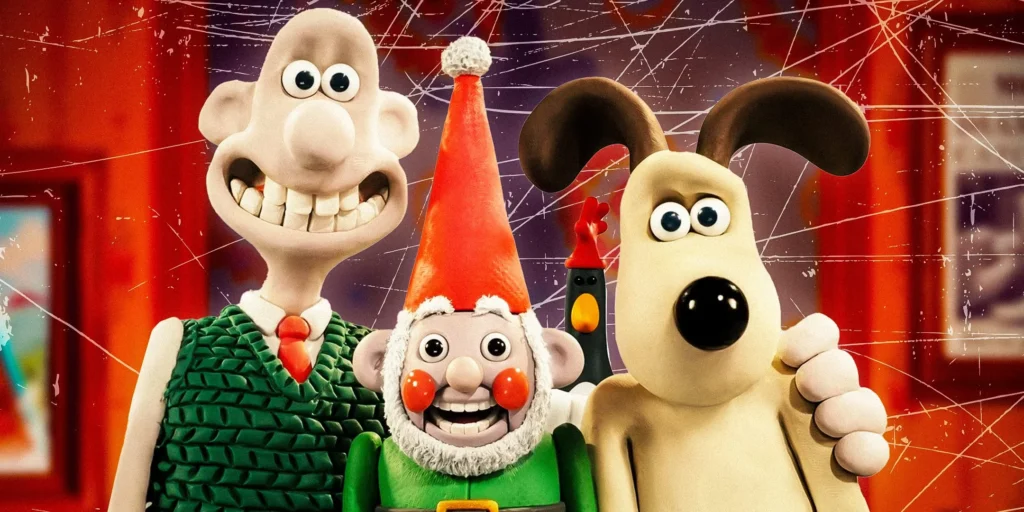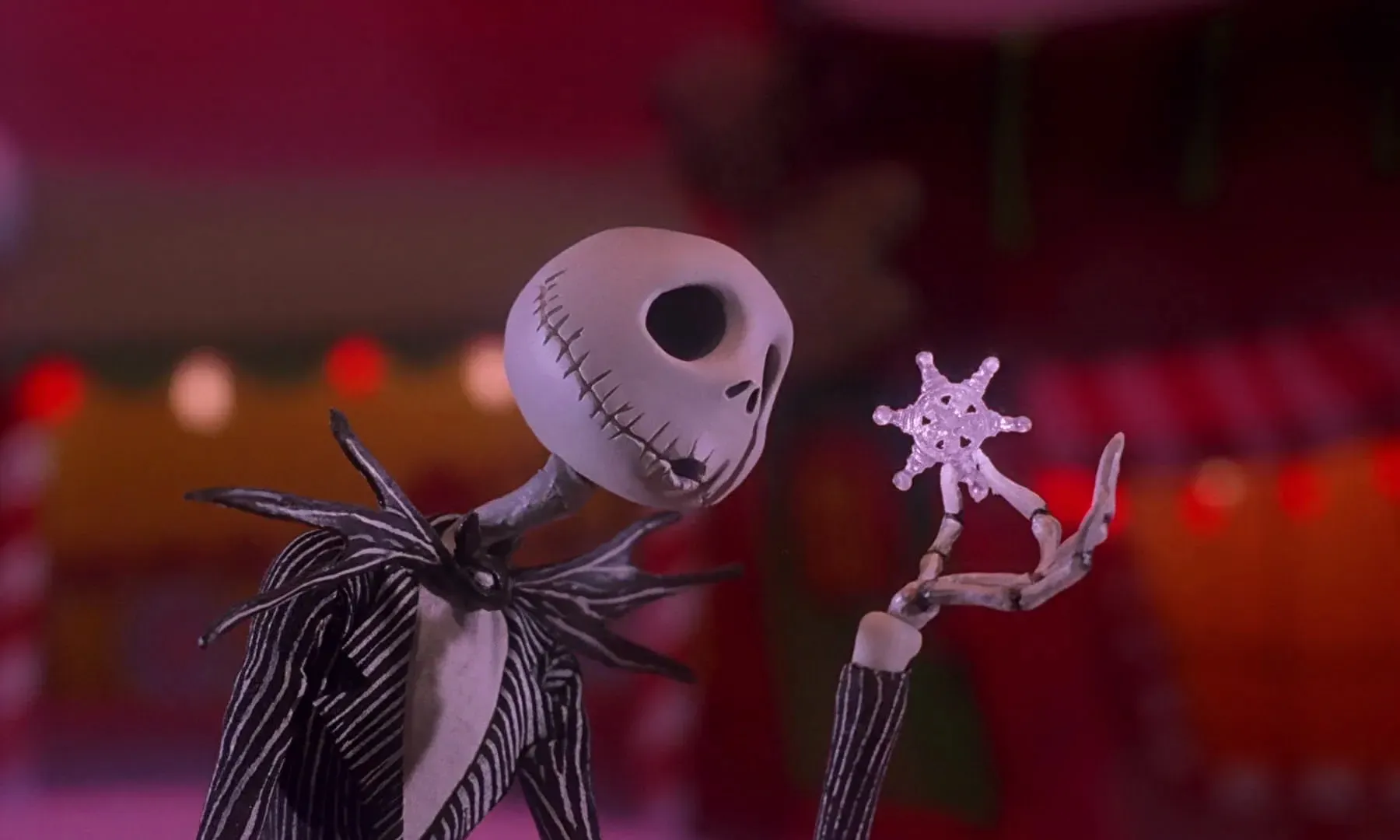Stop motion animation is a unique and captivating filmmaking technique that brings physical objects to life through frame-by-frame photography. By making small, precise adjustments to objects or characters between each shot, animators create the illusion of fluid motion when the frames are played in sequence. This intricate process requires patience, creativity, and a deep understanding of animation principles to craft compelling visuals.
Dating back to the late 19th century, stop motion animation has played a pivotal role in the evolution of animated storytelling. Early devices like the zoetrope and praxinoscope demonstrated the power of sequential imagery, paving the way for pioneering films such as The Humpty Dumpty Circus (1898) by Arthur Melbourne-Cooper. Since then, this animation style has evolved into a refined art form, influencing generations of filmmakers.
The Techniques Behind Stop Motion Animation
The process of stop motion animation begins with meticulous planning, including script development, storyboarding, and character design. Once the narrative is structured, animators move on to crafting detailed sets and props, ensuring that every element aligns with the artistic vision of the film.
Each movement in stop motion is achieved by making slight adjustments to objects or puppet figures, then capturing individual frames. When played in rapid succession, these frames create seamless movement, bringing the characters and environments to life. This technique is highly labor-intensive, often requiring hundreds or thousands of frames for just a few minutes of animation.
Essential Techniques in Stop Motion Animation

Replacement Animation
A technique where different facial expressions or body parts are swapped out frame by frame to create smooth movements. A prime example is Wallace and Gromit, where facial expressions are meticulously changed to simulate speech and emotion.
Claymation
A widely recognized form of stop motion that utilizes malleable clay figures. Classic films like The Nightmare Before Christmas and Coraline showcase the artistic flexibility of this technique.
Cutout Animation
This style uses flat paper or cardboard cutouts manipulated in small increments to create movement. It is often used for stylistic, artistic storytelling.
Puppet Animation
One of the most popular forms, where articulated puppets with internal armatures allow for precise movement and lifelike expressions.
Tools and Equipment Used in Stop Motion Animation

To achieve a professional-quality stop motion animation, animators rely on specialized tools that help enhance movement precision and visual appeal:
Armatures
These are metal or wire skeletal structures inside puppets, providing flexibility and controlled movement. They ensure stability and allow animators to pose characters with precision in stop-motion animation.
Professional Cameras
High-resolution cameras capture every frame with clarity and consistency, ensuring smooth motion and high-quality visuals. DSLRs and specialized stop-motion cameras are commonly used in professional setups.
Animation Software
Programs like Dragonframe help capture frames, adjust timing, and refine movements. These tools offer onion skinning, frame preview, and other essential features for seamless animation.
Lighting Equipment
Proper lighting setups enhance depth, mood, and realism in animated scenes. Different lighting techniques, such as three-point lighting and colored gels, help set the tone and atmosphere.
Miniature Sets & Props
Custom-built miniature environments create immersive backgrounds for animated characters. These detailed sets and props bring life to stop-motion worlds, adding realism and texture to each frame.
The Importance of Lighting, Props, and Set Design

Lighting, props, and set design play a crucial role in enhancing the storytelling and aesthetic of stop motion animation. Thoughtfully designed props contribute to realism, while strategic lighting techniques influence mood and atmosphere. For example:
- Soft lighting creates warmth and an inviting feel.
- Harsh lighting adds tension and drama.
- Miniature sets provide a rich and detailed environment that immerses viewers in the story.
The Timeless Appeal of Stop Motion Animation
Despite advancements in digital animation and CGI, stop motion animation remains a beloved and highly respected art form. Its handcrafted aesthetic and tangible realism offer a charm that computer-generated imagery often lacks. Films like Kubo and the Two Strings and Fantastic Mr. Fox showcase the enduring magic of this technique, proving that stop motion continues to captivate audiences worldwide.
Conclusion
Stop motion animation is a meticulous yet rewarding art form that brings static objects to life through careful frame-by-frame manipulation. Its long-standing history, combined with innovative techniques and tools, has solidified its place in the world of filmmaking. Whether you’re an aspiring animator or an avid fan, understanding the dedication and craftsmanship behind stop motion allows for a deeper appreciation of its timeless charm. As technology continues to evolve, this classic animation technique remains an irreplaceable part of cinematic history, inspiring storytellers for generations to come.
Suggested Read: Affiliate Marketing: Trends and Strategies for Success


